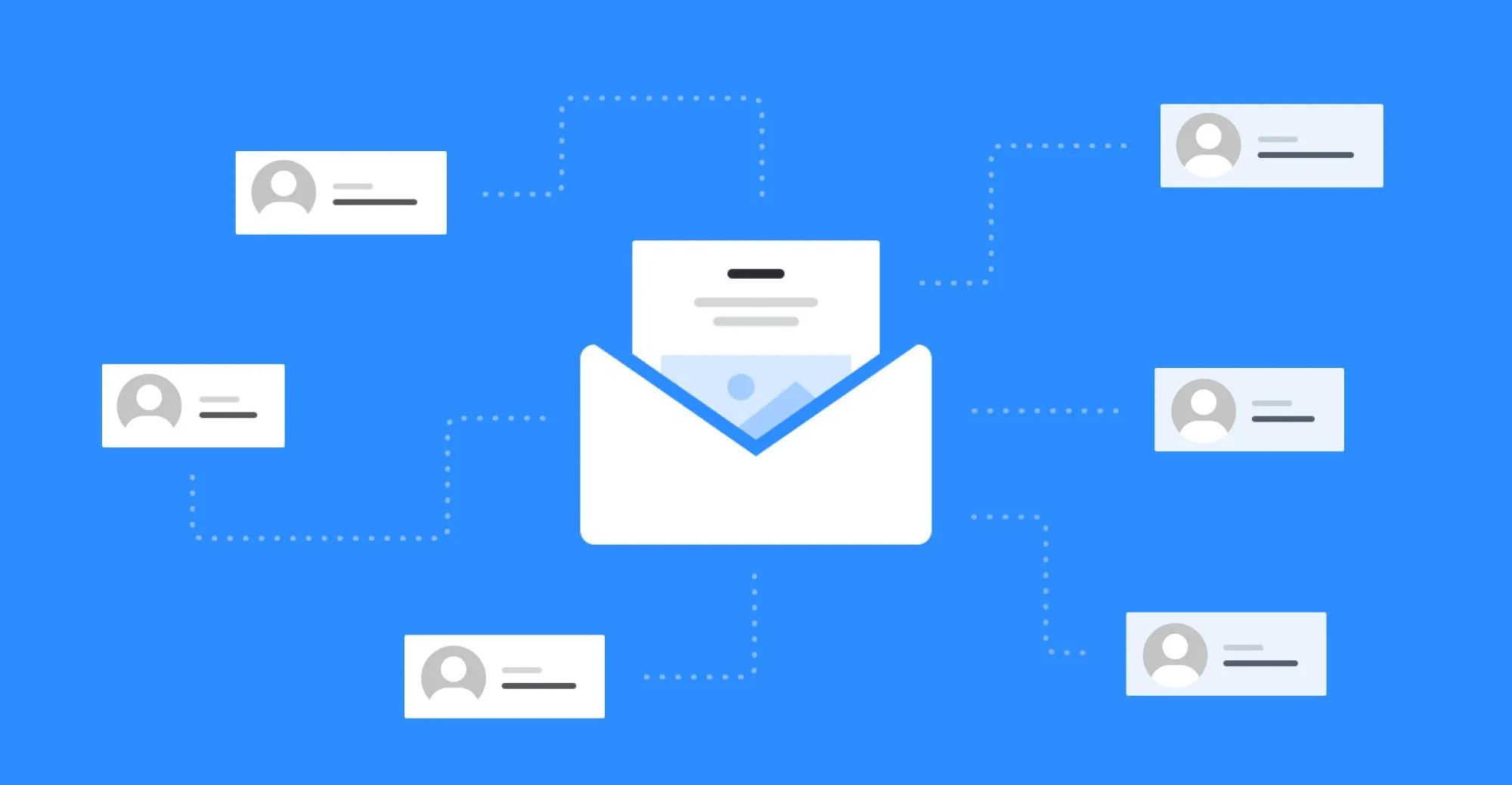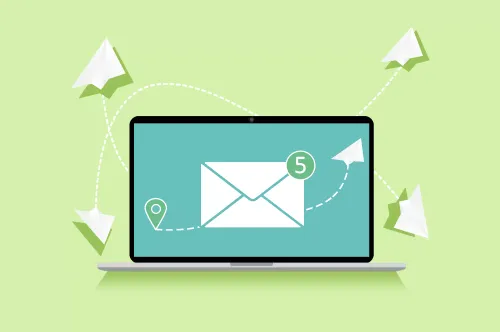Sending an email only to have it bounce back can be frustrating and time-consuming. Bounced emails occur when the message fails to reach its intended recipient due to various reasons. Understanding the concept of a bounce address and how it affects email deliverability is crucial for maintaining effective communication. In this comprehensive guide, we will explore the significance of a bounce address, how it works, and provide valuable insights on managing bounced emails.
What is a Bounce Address?
A bounce address, also known as a return path or a reply-to address, is the designated email address to which bounced emails are sent. When an email fails to be delivered, the recipient's email server generates a bounce message and sends it back to the bounce address provided in the email header. This bounce message contains valuable information about why the email was not delivered, such as an invalid recipient address or a full mailbox.
The bounce address serves as a communication channel between the recipient's email server and the sender, enabling the sender to be notified of delivery issues. It allows the sender to understand why the email bounced and take appropriate actions, such as updating the recipient's contact information or removing invalid email addresses from the mailing list.
Types of Bounced Emails

Bounced emails can be categorized into two main types: hard bounces and soft bounces.
1. Hard Bounces
A hard bounce occurs when an email is permanently rejected and cannot be delivered to the recipient. This typically happens due to reasons such as an invalid or nonexistent email address, a blocked domain, or a recipient's server that no longer exists. Hard bounces indicate a persistent issue that requires immediate attention from the sender.
2. Soft Bounces
A soft bounce is a temporary failure to deliver an email to the recipient's mailbox. Soft bounces can occur due to reasons like a full mailbox, a temporary issue with the recipient's email server, or a message that exceeds the recipient's size limit. Soft bounces do not indicate a permanent delivery failure and often resolve themselves over time.
Why Bounced Emails Matter

Understanding the significance of bounced emails is crucial for several reasons:
1. Maintaining a Clean and Healthy Mailing List
Bounced emails provide valuable feedback about the accuracy and validity of your mailing list. By monitoring bounce reports, you can identify and remove invalid or nonexistent email addresses from your list. This helps maintain a clean and healthy subscriber database, ensuring that your messages reach the right recipients.
2. Preserving Sender Reputation
Bounced emails can have an impact on your sender reputation. High bounce rates indicate poor list hygiene and can raise red flags with email service providers (ESPs). A damaged sender reputation can lead to future email deliverability issues, including being marked as spam or blocked by recipient servers. By managing bounced emails effectively, you can preserve your sender reputation and maintain a positive email deliverability rate.
3. Maximizing Communication Success
Managing bounced emails allows you to identify and resolve issues that may hinder effective communication. By addressing delivery failures promptly, you can ensure that your messages reach the intended recipients and avoid missed opportunities for engagement, sales, or relationship-building.
How to Manage Bounced Emails
Effectively managing bounced emails requires a proactive approach. Here are some strategies to help you handle bounced emails efficiently:
1. Monitor Bounce Reports
Regularly review bounce reports provided by your email service provider. These reports contain detailed information about bounced emails, including the reason for the bounce. Analyze the reports to identify patterns or recurring issues that may require your attention.
2. Update and Clean Your Mailing List
Use the bounce reports to update your mailing list. Remove invalid email addresses, correct typographical errors, and ensure that contact information is up to date. Regularly cleaning your list helps maintain its accuracy and improves deliverability rates.
3. Separate Hard Bounces from Soft Bounces
Segment hard bounces from soft bounces to differentiate between permanent and temporary delivery failures. Hard bounces require immediate action, such as removing the invalid email addresses from your list. Soft bounces, on the other hand, may resolve themselves over time, but should still be monitored.
4. Review and Improve Email Authentication
Ensure that your email authentication protocols, such as SPF (Sender Policy Framework) and DKIM (DomainKeys Identified Mail), are properly configured. These protocols help validate your emails, reduce the chances of being flagged as spam, and improve deliverability.
5. Engage with Recipients
When receiving bounce notifications, proactively reach out to the affected recipients. Confirm their contact information, verify if there are any issues on their end, and offer assistance if needed. By addressing delivery failures directly, you can maintain a strong relationship with your audience.
Commonly Asked Questions
1. What should I do if my emails bounce back?
If your emails bounce back, take the following steps:
- Check the bounce notification for the specific reason.
- Verify the recipient's email address for accuracy.
- Remove invalid addresses from your mailing list.
- Investigate any potential issues with your email server or configuration.
- Contact the recipient to resolve any issues on their end.
2. How can I reduce bounce rates?
To reduce bounce rates, consider the following practices:
- Maintain a clean and updated mailing list.
- Use double opt-in methods to ensure valid email addresses.
- Regularly monitor bounce reports and take necessary actions.
- Implement proper email authentication protocols (SPF, DKIM).
- Engage with recipients and encourage them to update their contact information.
3. Can I prevent all bounced emails?
While it's not possible to prevent all bounced emails, proactive management can significantly reduce their occurrence. By following best practices, maintaining list hygiene, and promptly addressing delivery failures, you can minimize bounced emails and improve overall email deliverability.
Conclusion
A bounce address plays a vital role in managing bounced emails and ensuring effective communication. By understanding the different types of bounces, recognizing the importance of managing them, and implementing proactive strategies, you can enhance email deliverability, maintain a strong sender reputation, and maximize the success of your communication efforts. Stay vigilant, regularly monitor bounce reports, and adapt your email practices to provide a seamless and reliable experience for your recipients.



